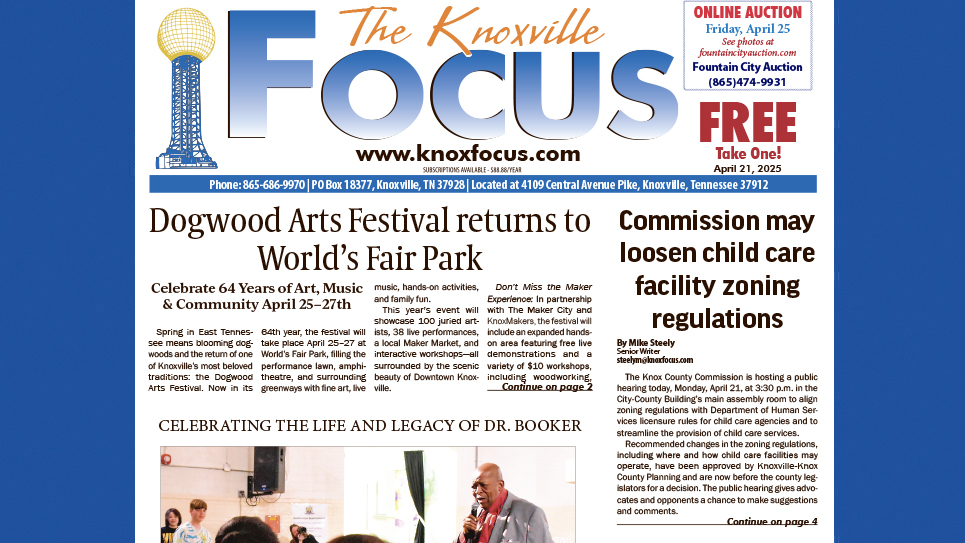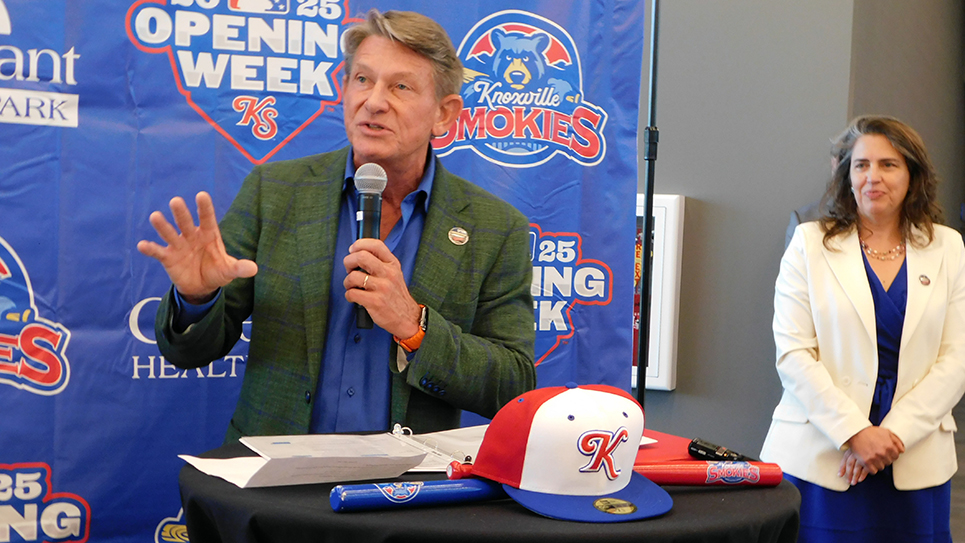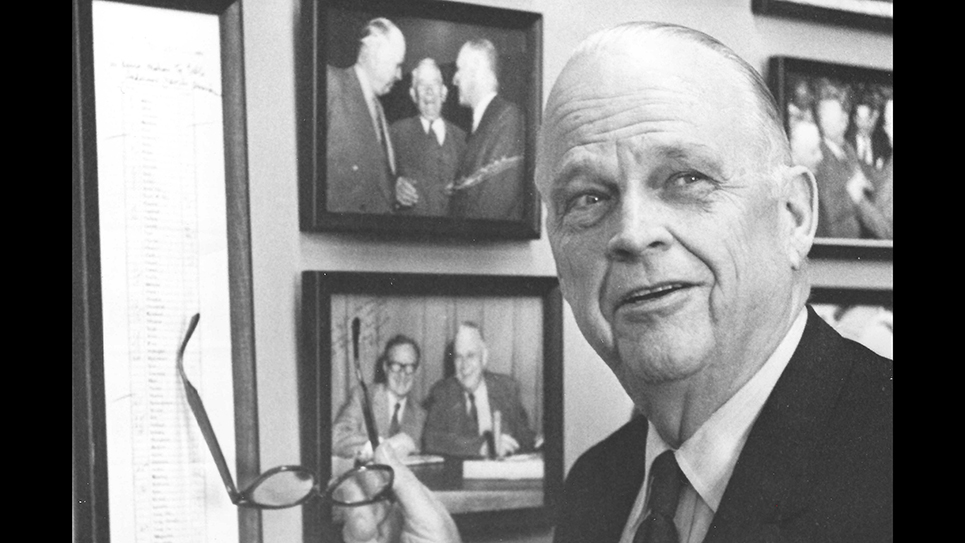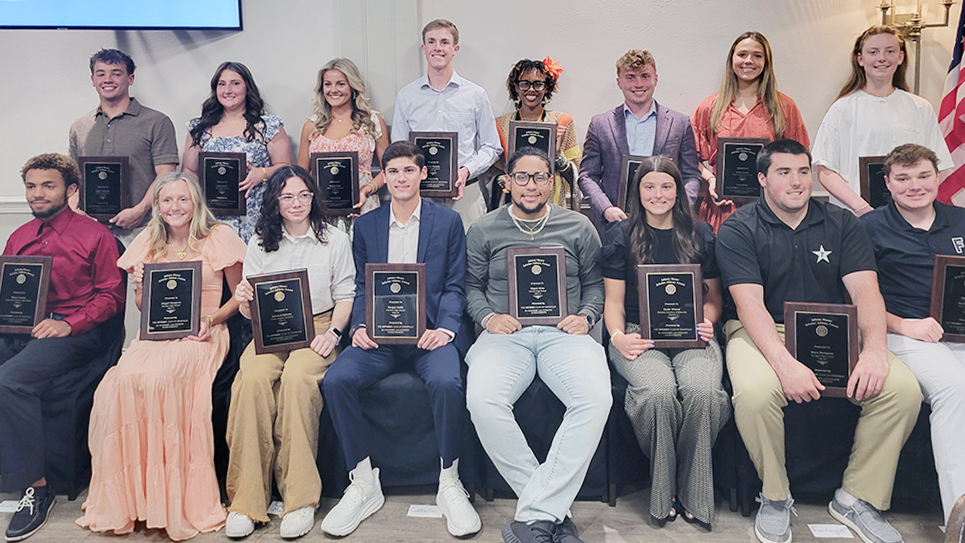Going from ‘them’ to ‘us’
By Tom Mattingly
Here’s an interesting question for all the armchair historians out there.
Name an opposing quarterback who helped upset Tennessee in a bowl game and later became a Vol assistant coach.
The quarterback in question is Bob Jones, the 1950s Baylor signal-caller, who led the Bears to a 13-7 win over the Vols in the 1957 Sugar Bowl, the only game ever between the two schools. Tennessee was ranked No. 2 (AP), while Baylor was No. 13.
He was captain of the 1956 team and a native of Hearne, Texas.
He became an assistant coach under Doug Dickey in 1965.
On New Year’s Day 1957 in New Orleans, Jones threw a 12-yard TD pass to Jerry Marcontell for the Bears’ first score, one of only two completions he had on the day. You’d have to say he made the most of his opportunities.
With Baylor rushing 64 times for 275 yards, an unheard-of figure against the Vol defense in those days, he really didn’t have to throw much at all.
Tennessee didn’t help by losing a fumble and having four passes intercepted.
The Chicago Tribune Press Service wrote, “A bruising band of Baylor Bears came out of Texas today to tear to shreds the reputation of All-American Johnny Majors and his hapless gang of Tennessee Volunteers.”
Looking back, a staff writer for Baylor’s official athletic department website called the win “perhaps the greatest victory in Baylor football history.”
After graduation in 1957, Bob earned a Baylor law degree and served on the Baylor staff as defensive backs coach in 1963.
In Jones’ early days on staff, the Vols defeated Army and South Carolina and tied Auburn and Alabama. Better days were ahead. There was a renewed spirit around the football program and among Vol fans. Vol fans began to believe that, “Tennessee was back.”
Dickey was selling a dream to Vol players and prospects, and the tie with the Crimson Tide was a significant step forward. Tennessee earned a two-page color picture in the post-Alabama week’s Sports Illustrated.
Just as the football gods had ordained it, there were the Vols, dressed in orange jerseys, slugging it out on Legion Field with the Crimson Tide, dressed in their crimson shirts. By any measure, such a photo spread provided instant credibility for the Vol program.
“But in this season that ran the gamut of emotions, real-life despair was just around the corner.”
John Shearer wrote that in an article in the Chattanoogan on Dec. 5, 2005.
“On the following Monday morning, offensive line and kicking coach Charlie Rash, 28, left his Forest Oak Drive home in Knoxville in his Volkswagen Beetle, stopped to pick up end coach Bob Jones, 30, at his Deane Hill Apartment on Gleason Drive (which today borders West Town Mall), and then headed to pick up Coach [Bill] Majors at his Cessna Drive home a mile or so to the southwest.”
They were undoubtedly looking forward to continuing the task of bringing the Vols “back” to national prominence. They were also overjoyed with the progress of the Vol squad, with the 7-7 tie with Alabama two days earlier being the most recent example.
Crossing the Southern Railway mainline at Cessna and Westland Drive in the early morning fog, their car was broadsided by an eastbound passenger train headed to Knoxville. Majors and Jones were killed instantly while Rash survived until early the next Thursday.
Three young wives became widows, and seven sons, all under the age of 10, were left fatherless. It was a stunning moment, one unmatched in Tennessee football history.
There were those who knew, perhaps instinctively, that the coaches killed in that accident were each destined to become head coaches.
“All three were great young men and talented coaches,” Haywood Harris wrote in the next week’s game program. “I imagine all of them would have become great head coaches. They worked hard. They had worked harder than usual in preparation for our game against Alabama.”
Police found Jones’ Baylor Sugar Bowl watch, stopped at 6:53 a.m., in the weeds near the scene of the accident, helping investigators pinpoint the time of the crash. Dickey recalled that he went to Jones’ home after the accident, given that Jones and his family had been in Knoxville for the shortest amount of time.
When you think about it, Bob Jones made two impacts on the Tennessee football program, the first when he helped disappoint Vol fans in the 1957 Sugar Bowl.
He got a chance for a make-up call, as part of the Vols’ resurgence on the gridiron, coaching Vol receivers.
He went from being a part of “them” in 1957 to being a part of “us” in 1965.
He wasn’t here long, but still remains a part of the Tennessee family.





